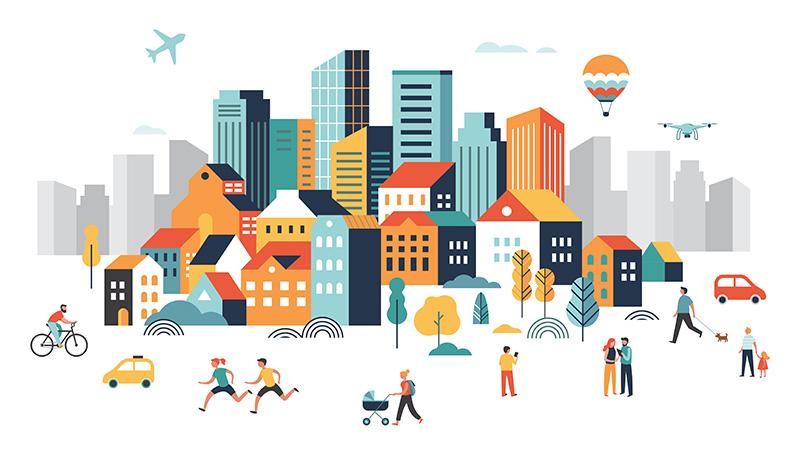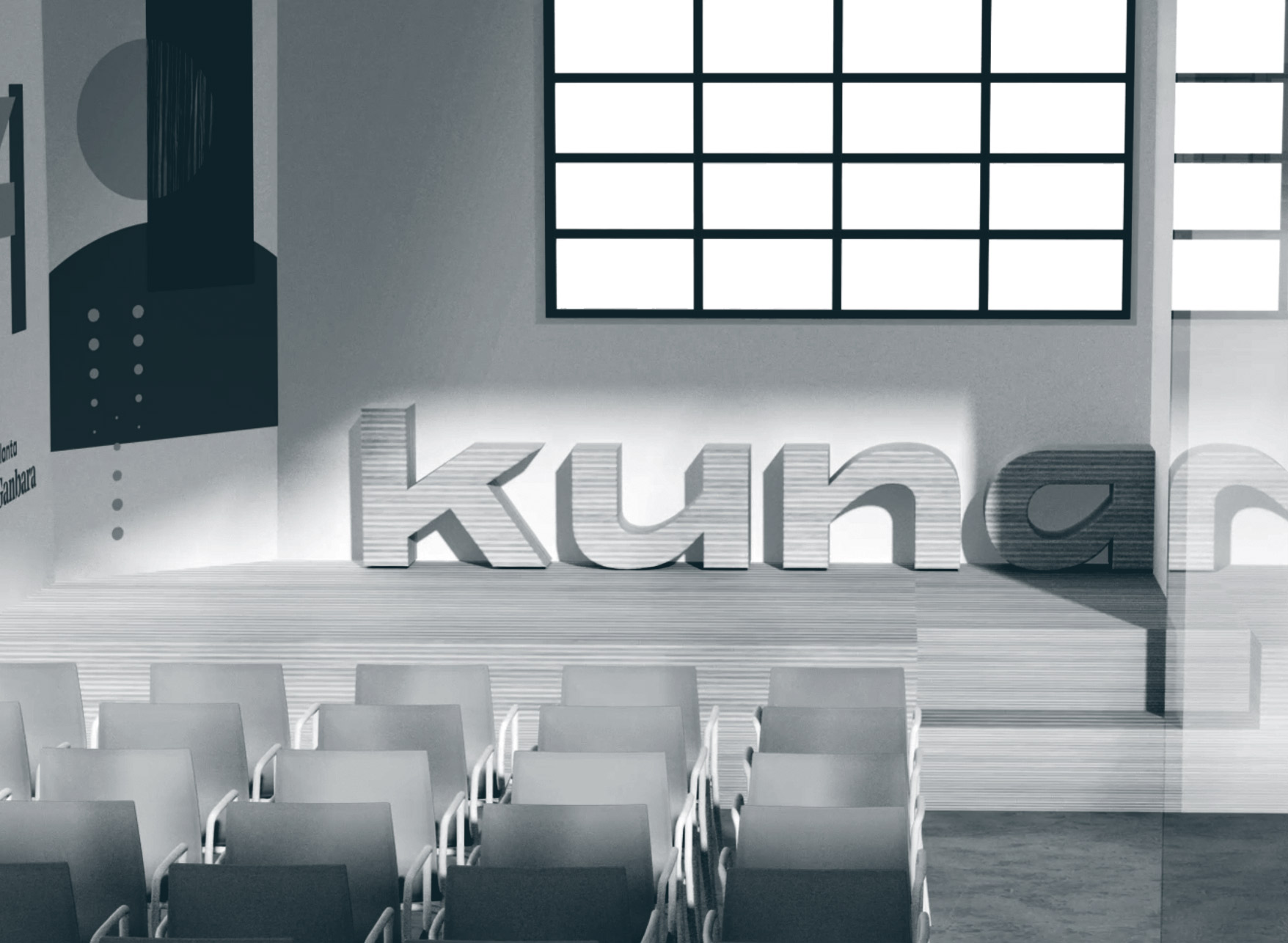
15-minute cities: the challenge of living with everything close by
During the 20th century, the people responsible for town planning in most cities turned them into grey and polluted asphalt jungles, not friendly at all and stressing. Haste, pollution, noise, the lack of quality time was associated with them. In contrast, the concept of the 15-minute cities emerged. An idea developed by the professor from the Sorbonne, Carlos Moreno and presented in 2015 at the UN climate change conference COP21.
What are 15-minute cities?
They consist of the redevelopment of urban areas, with the focus on the citizens, so that they can carry out all their activities in a short space of time and within a limited radius. We are refering to the access to all services, work, school or the theatre, inter alia, on foot or bicycle, without taking more than 15 minutes. Initially, this idea was developed for decarbonising cities and encouraging sustainability, but it goes much further.
As starting a city from scratch is not possible and unnecessary, its urban planning is supported by the utilisation of already existing structures. These are given new meanings and functionalities, more often than not, completely foreign to those for which they built.
Thus, instead of segmentation, there is a commitment to seek balance in every area, every neighbourhood. What does this mean? Probably, the city in which you reside was designed for you to have a place to live, another in which to work in, generally, in industrial estates, and another for buying supplies. If you notice, you either needed a car or public transport for each thing, and a lot of time. The current idea is that your work and that supermarket where you do your shopping is no further than 15 minutes from home.
Advantages of the 15-minute cities
These are numerous and we will mention the most significant:
- Recover the city for the people and not for the vehicles.
- The atmosphere is quickly decarbonised, which has an impact on our health.
- Security increases, since, not so many vehicles are needed, people can reoccupy the streets again and, in particular, children.
- It improves the quality of life by not wasting so much time travelling in order to meet our obligations.
- Economic improvement by recovering local commerce, with the jobs this can create.
- It promotes the concept of community and the feeling of belonging to it. This contributes to establishing solidarity ties and in the fight against violence caused by marginality.
The case of Bilbao
Up until the industrial restructuring of the 80s and 90s, this city was the prototype of a heavy industrial city, grey and extremely polluted. However, it was able to take advantage of its own misfortune and suffering, and reinvent itself and rise from its ashes. The people of Bilbao knew best how to take advantage of the urban architecture it had in order to give new meaning to the space, and they have succeeded.
In order to boost this type of mobility in the city, they designed the Metro Minute initiative. This consists of placing a series of maps throughout the city, such as in the metro stations. In these, using colours, they indicate the closest neuralgic places. If the colour is green, it will take a seven-minute walk. If it is pink, it takes two and orange, takes a little more.
In addition, they have promoted neighbourhood commerce. Bear in mind that the evolution of almost all cities, these tend to disappear. And they have fostered the existence of a good cultural and leisure offer in all the districts of the city.
Ultimately, 15-minute cities have turned around the interested, polluting and speculative development of the last few decades. They are a light at the end of the tunnel in order to enhance a higher quality of life for all.
